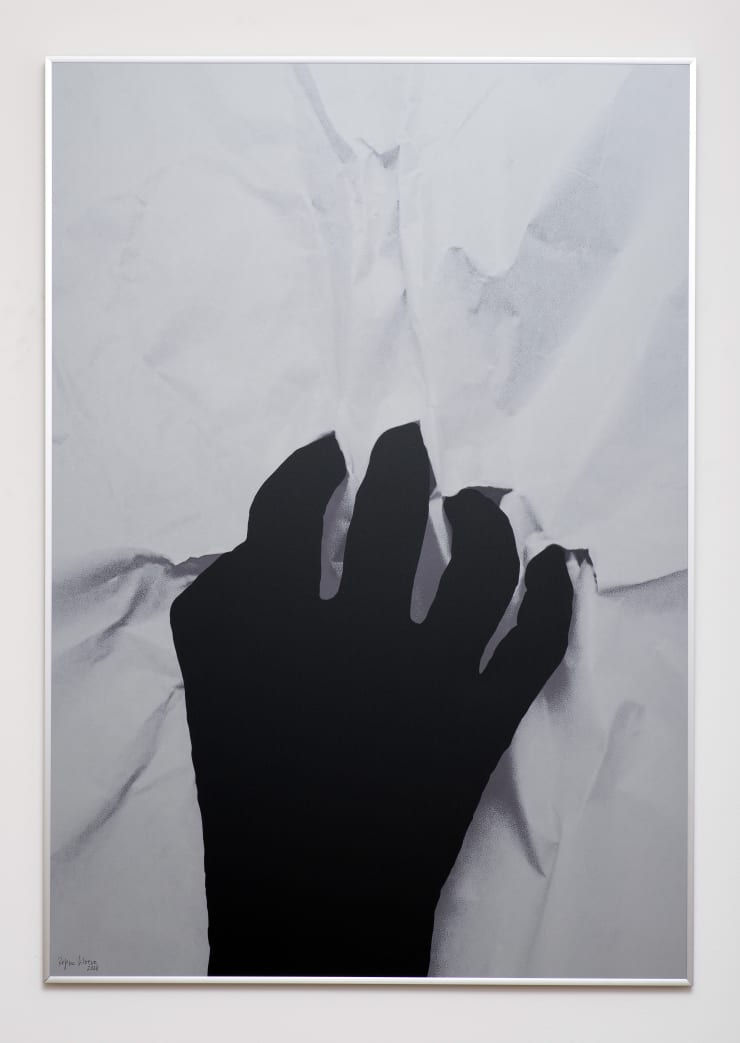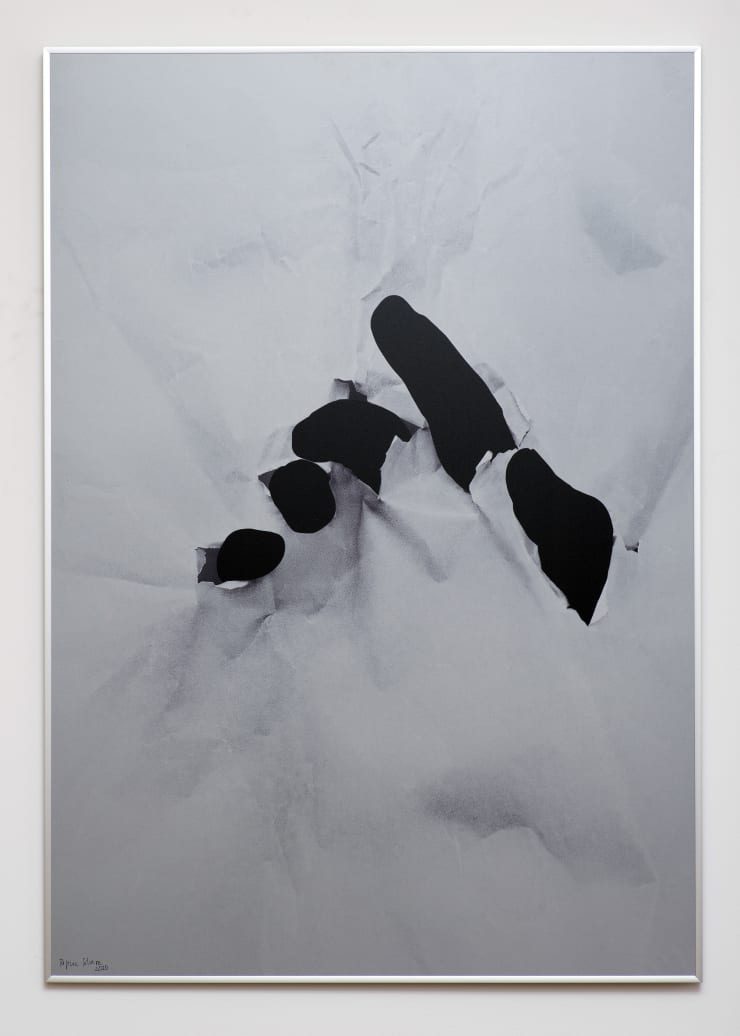-
Latitude Art Fair
-
Para a primeira edição do Latitude Art Fair, a Luciana Brito Galeria reúne um conjunto de trabalhos de quatro artistas representados: Caio Reisewitz (1967, São Paulo), Hector Zamora (1974, México City), Regina Silveira (1939, Porto Alegre) e Rochelle Costi (1961, Caxias do Sul). Enquanto a fotografia de Caio Reisewitz nos coloca diante da exuberância dos espaços construídos e naturais, Rochelle Costi trabalha a afetividade através da memória, retratando os espaços arquitetônicos com objetos que ela mesma coleciona. Héctor Zamora, por outro lado, desenvolve uma pesquisa em torno dos materiais e suas formas de articulação no espaço, muitas vezes referindo-se aos processos históricos políticos e sociais, por meio de performances ou grandes instalações. Regina Silveira utiliza-se de imagens comuns e recria seus códigos de perspectivas e significados, de maneira a estimular a percepção do espectador.
For this first edition of Latitude Art Fair, Luciana Brito Galeria brings together a set of works by four of its represented artists: Caio Reisewitz (1967, Sao Paulo), Hector Zamora (1974, Mexico City), Regina Silveira (1939, Porto Alegre) and Rochelle Costi (1961, Caxias do Sul). While Caio Reisewitz's photography places us before the exuberance of built and natural spaces, Rochelle Costi works the affectivity through the memory, often portraying architectural spaces with objects part of her own collection. Héctor Zamora, in turn, develops a research around materials and their forms of articulation within the environment, frequently referring to historical and social processes, through performances or large-scale installations. Regina Silveira uses common references to recreate its patterns of perspectives and meanings, in order to stimulate the viewer's perception.
-

"Iguaçú XX", 2012
C-print em metacrilato | C-print mounted on Diasec
227 x 180 cm
Ed 2/5
-

"O Abuso da História", 2014
Impressão jato de tinta mineral em papel algodão Hahnemühle Rag 308 g/m
Inkjet print on Hahnemühle Rag cotton paper 308 g/m
100 x 150 cm
Ed 1/3
-

-
-

"Residência - Escada Descida", 2010
C-print analógico | Analogue C-print
152 x 102 cm
Ed 2/4
-














